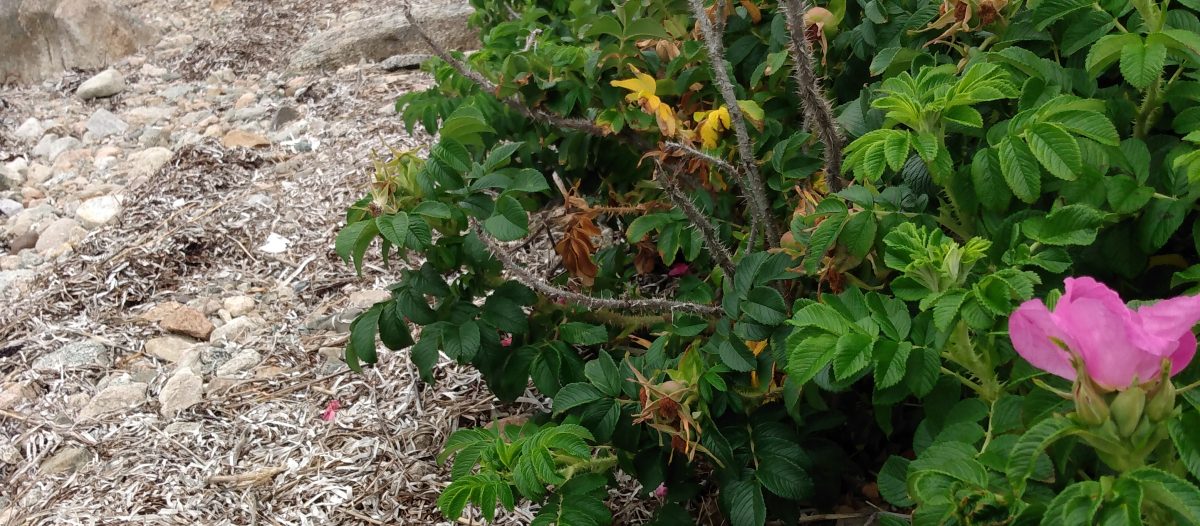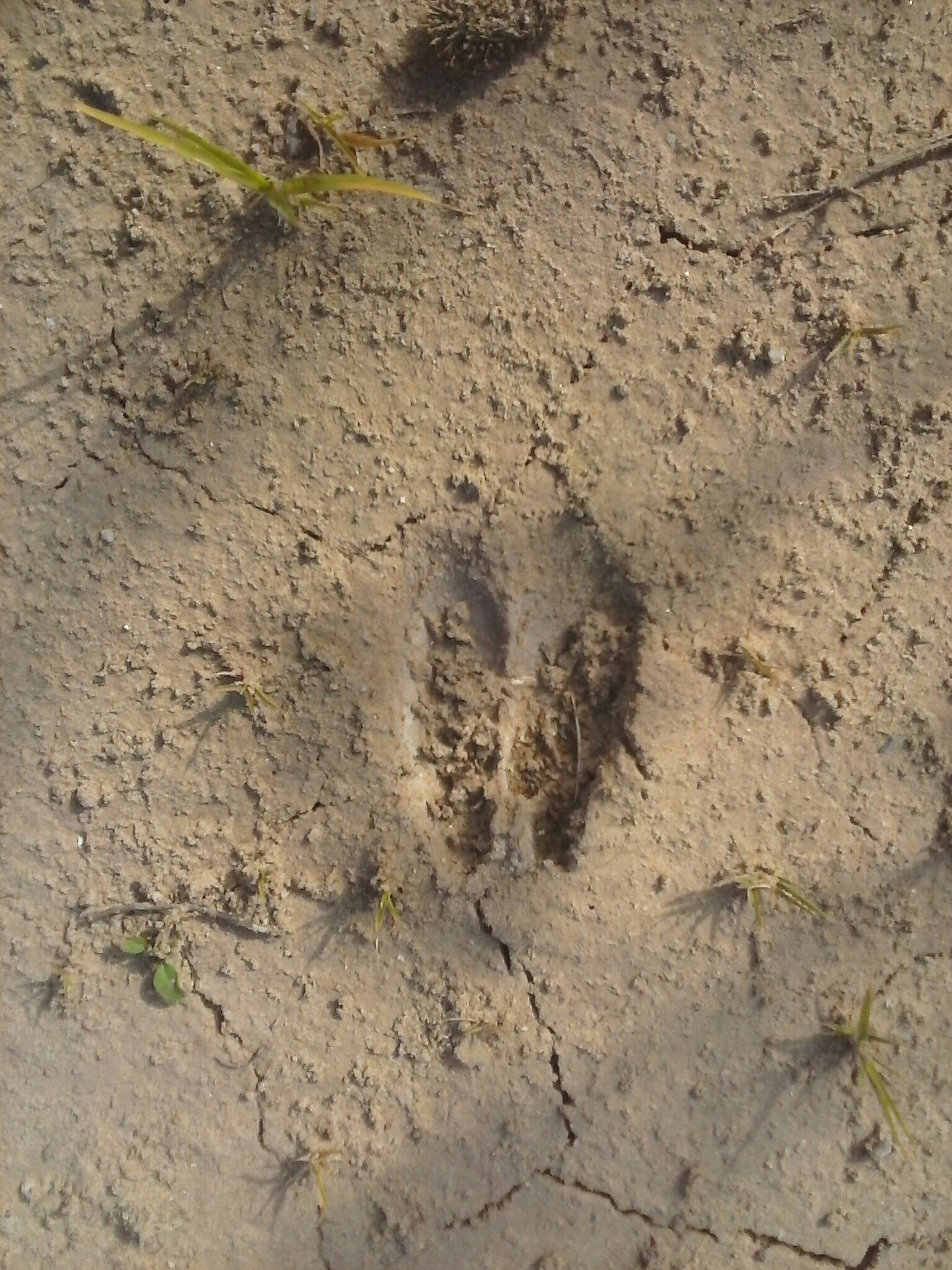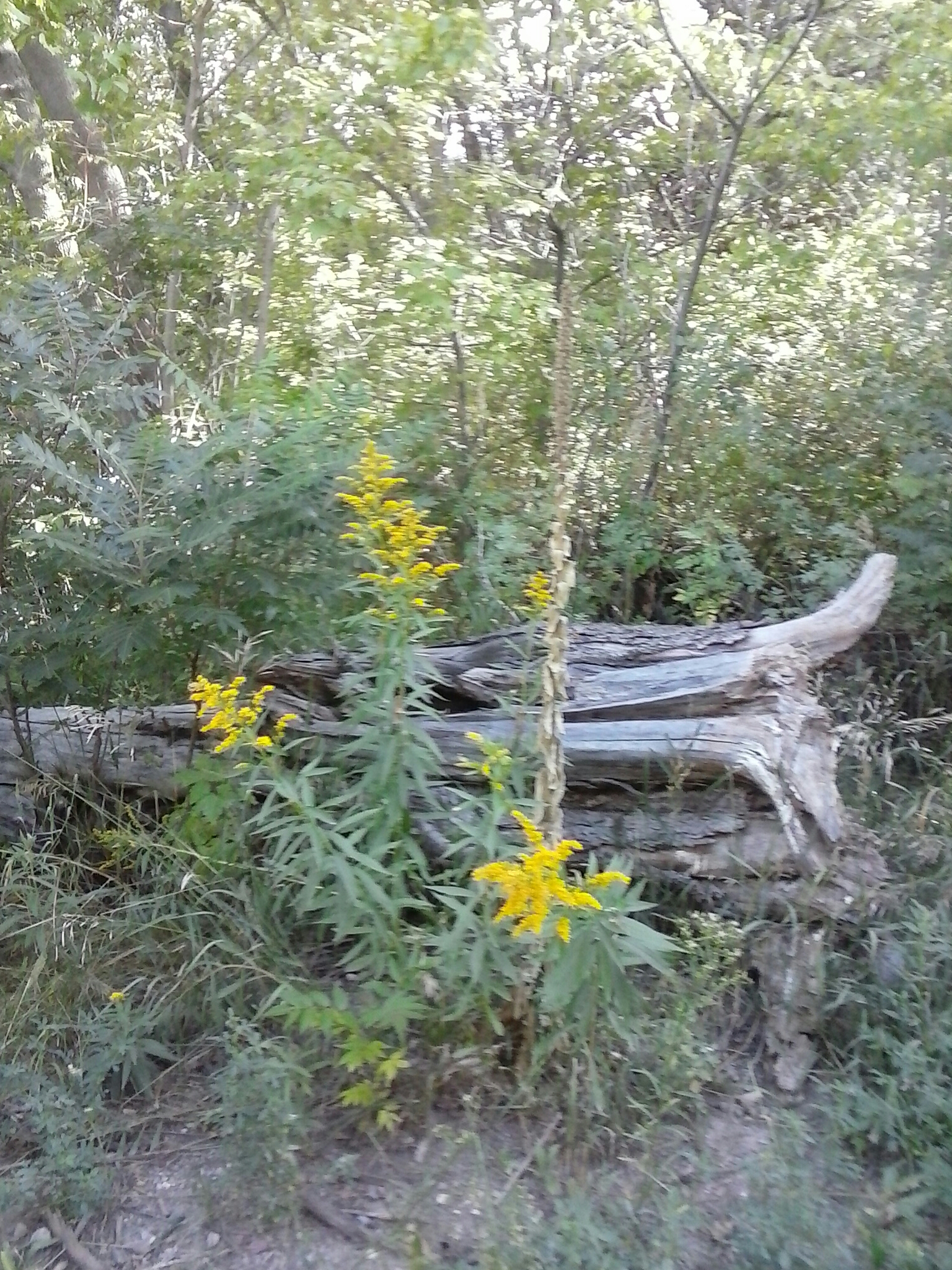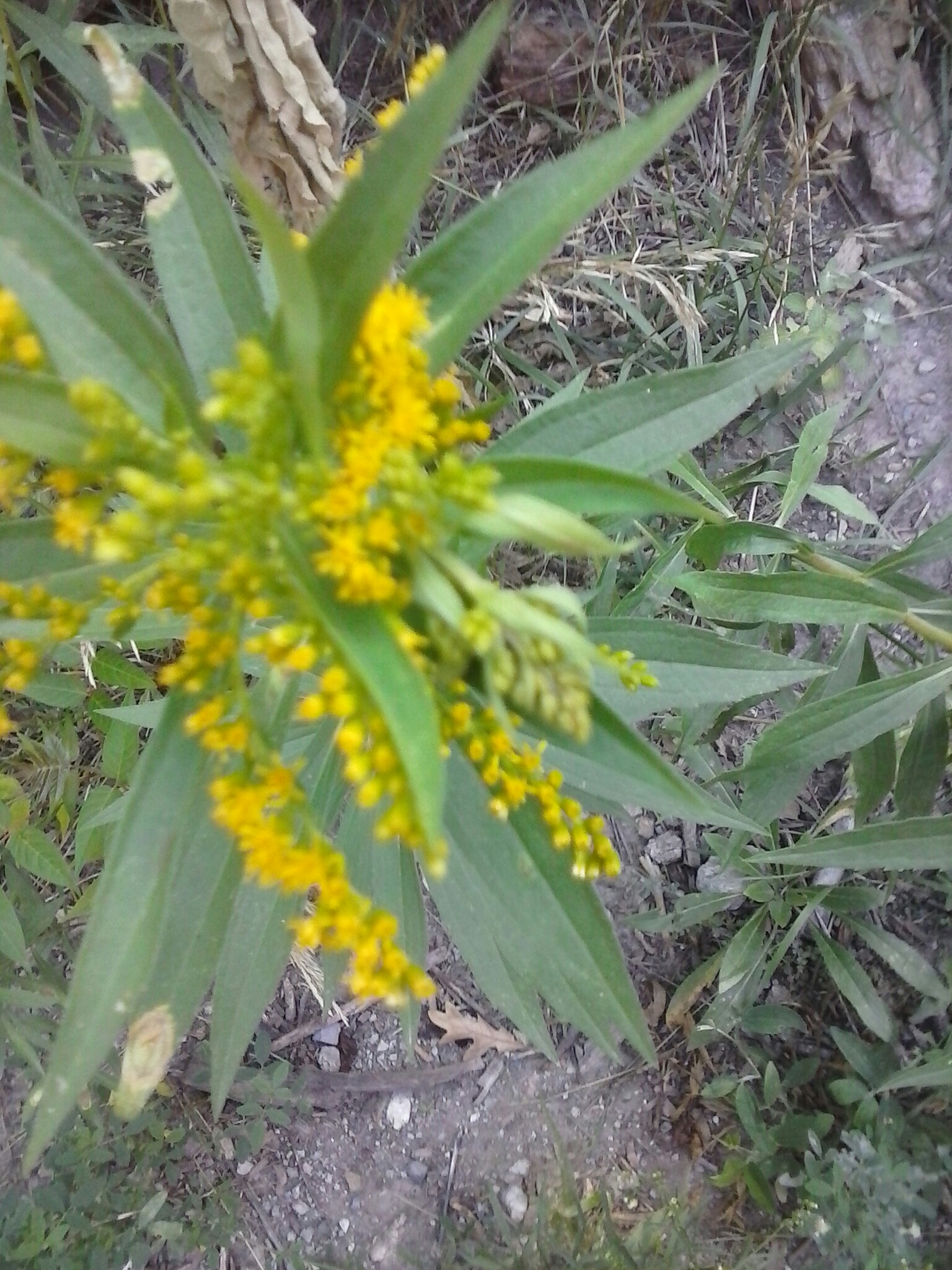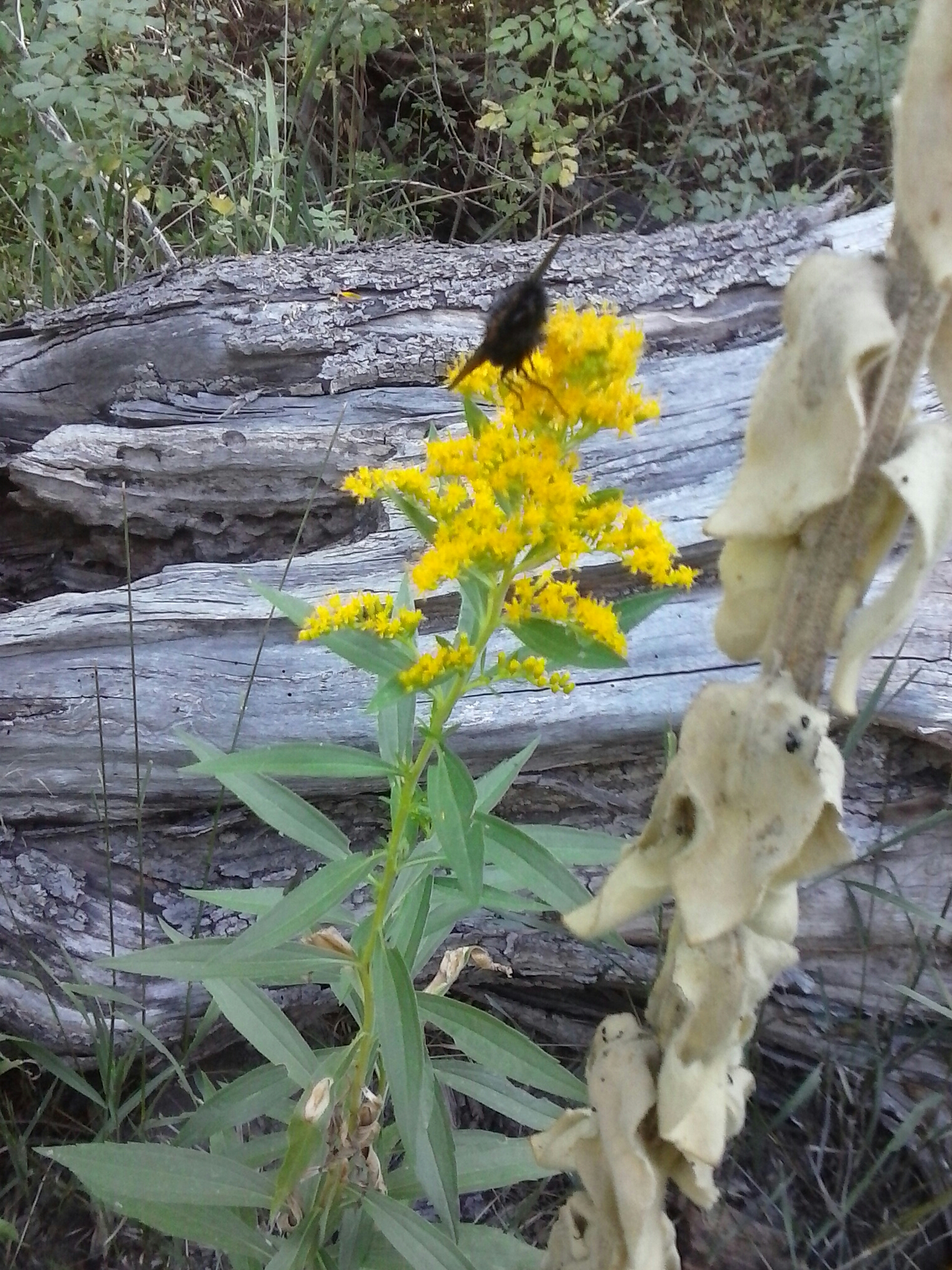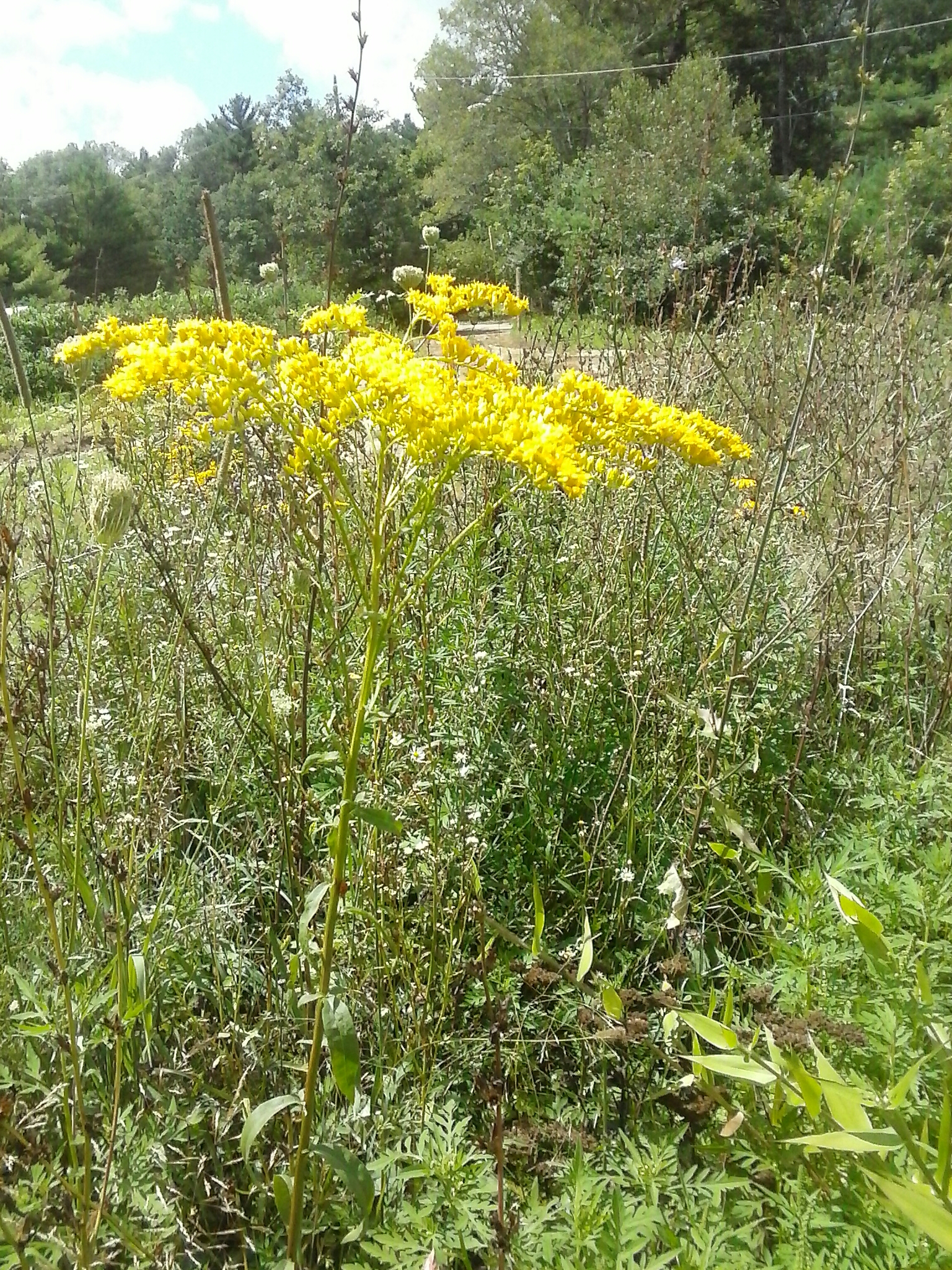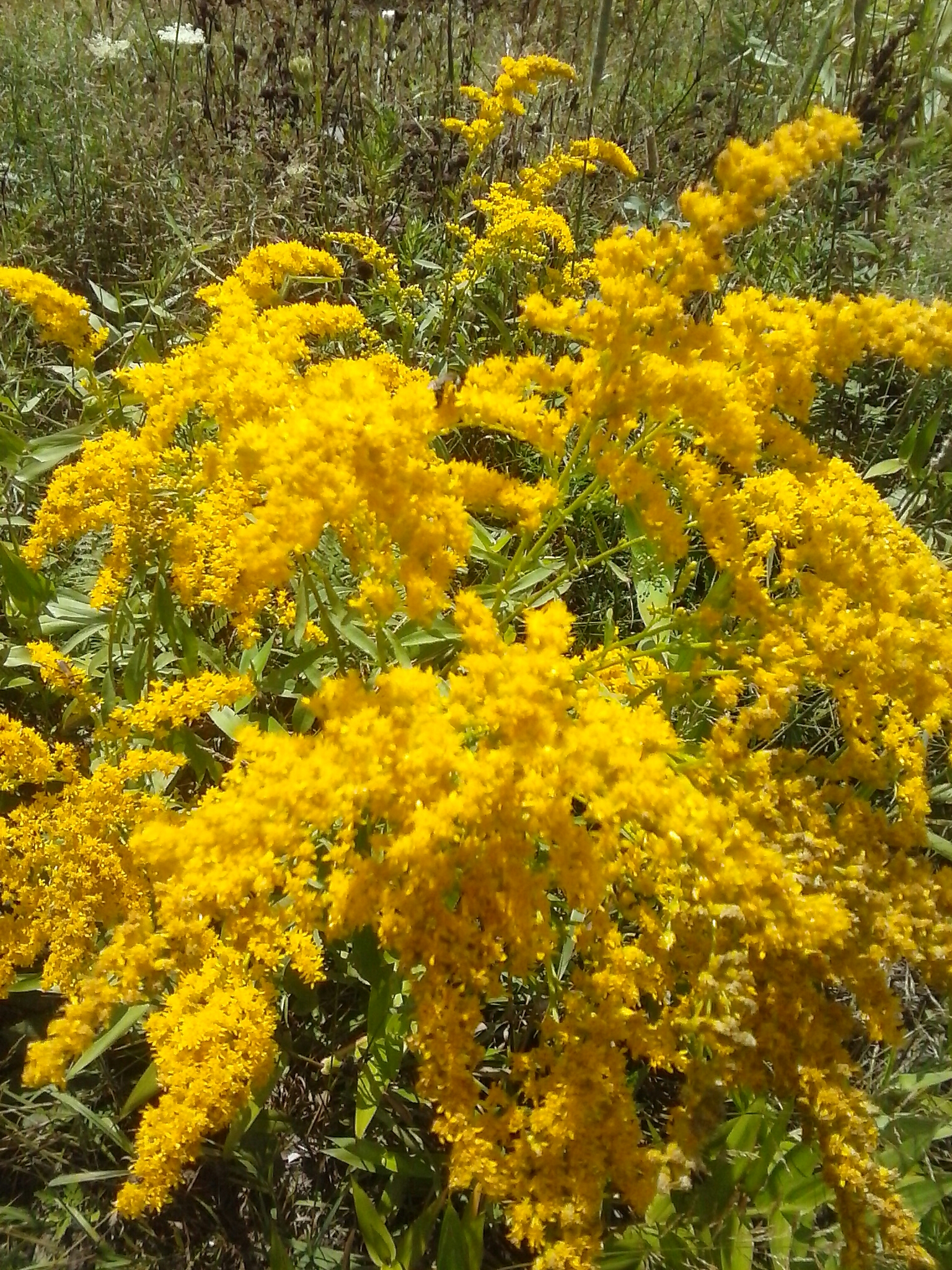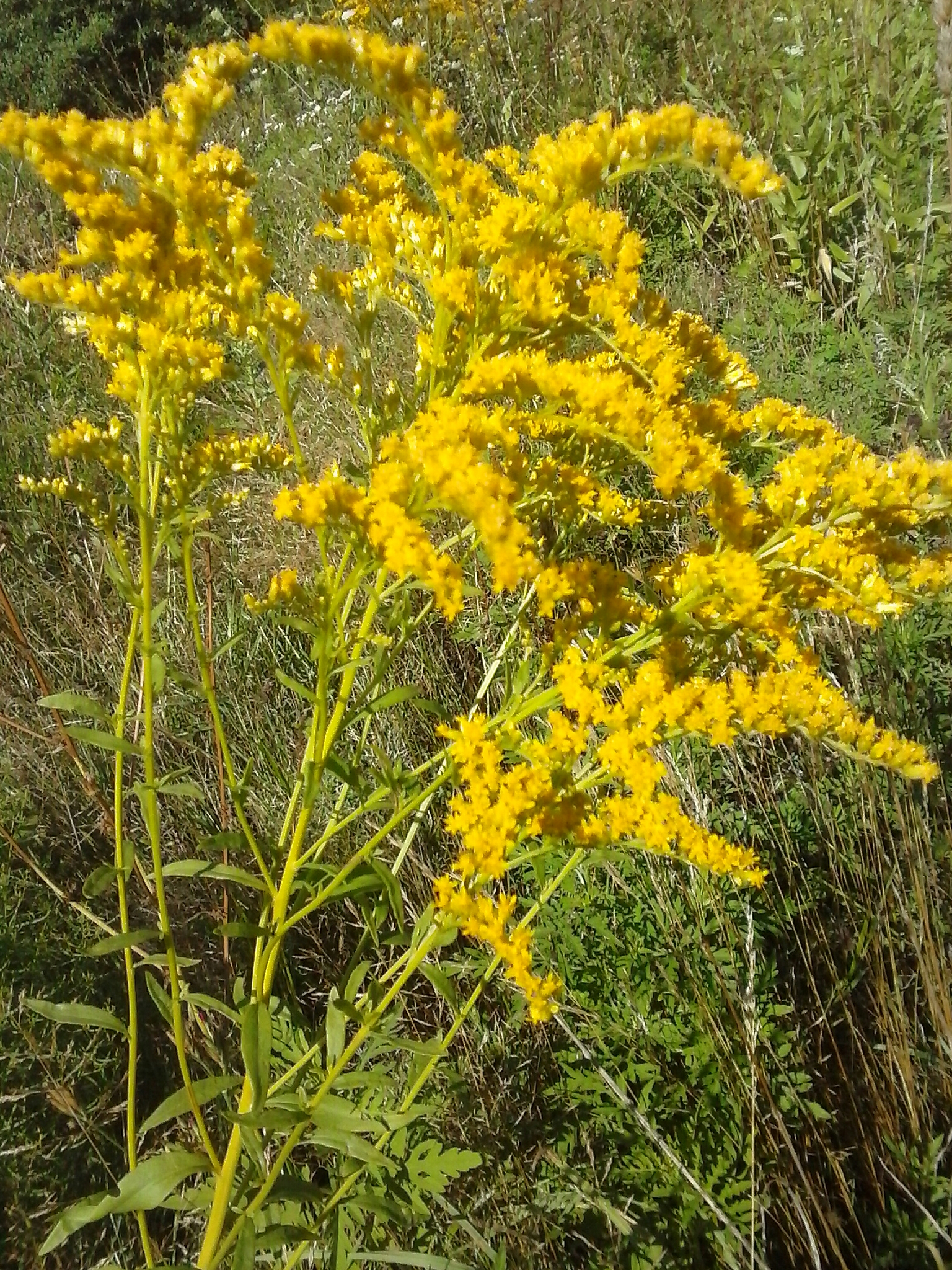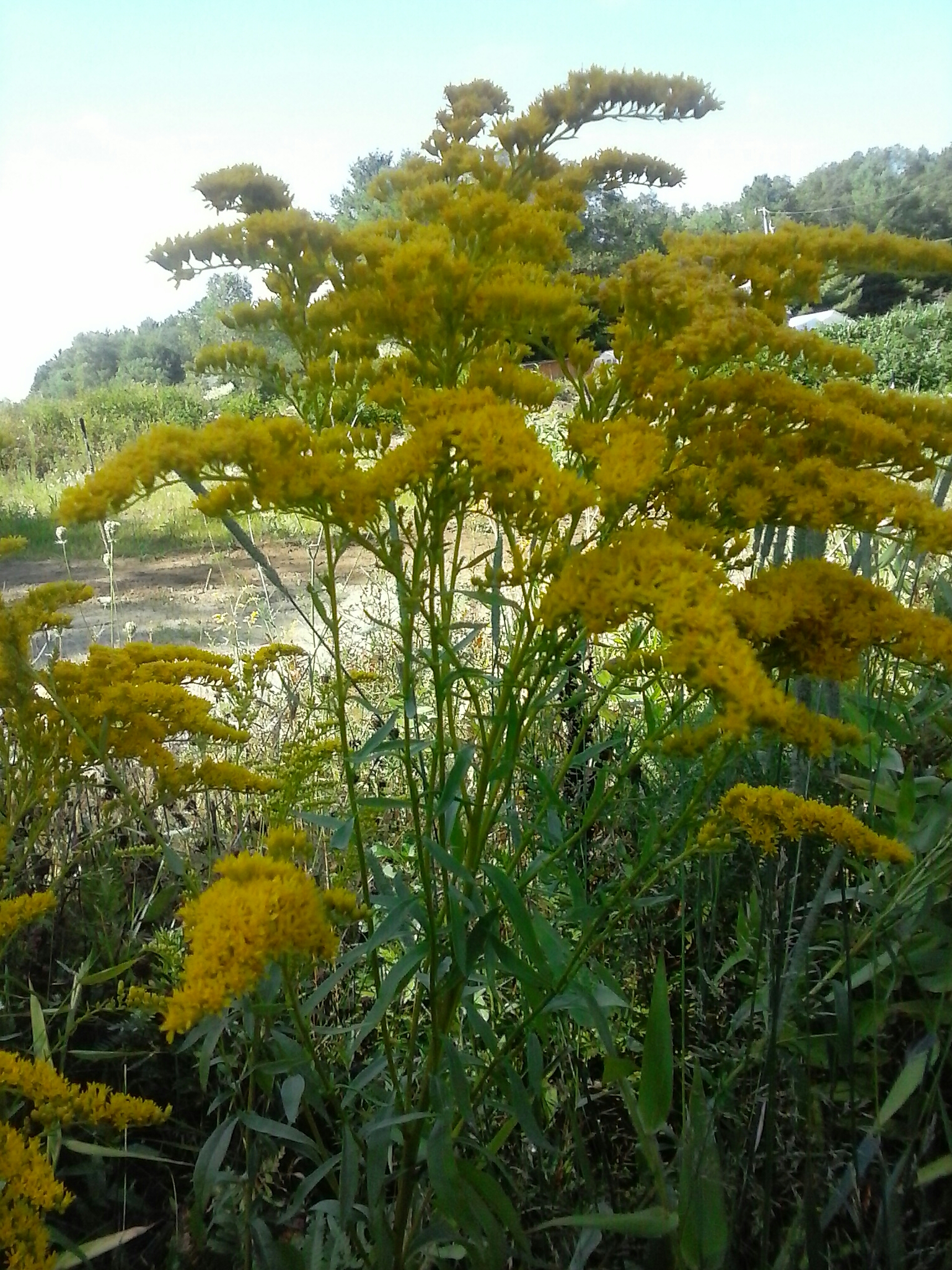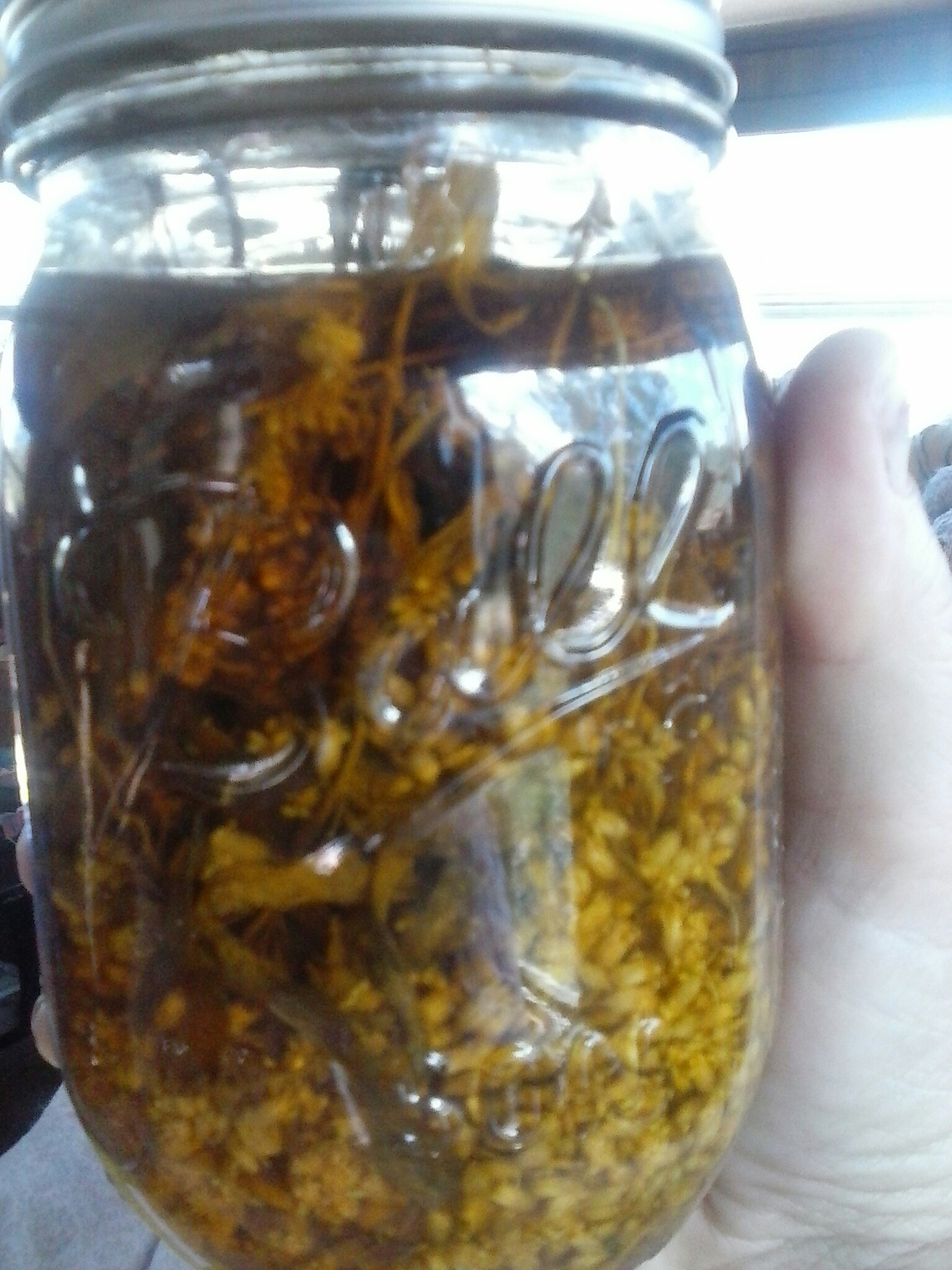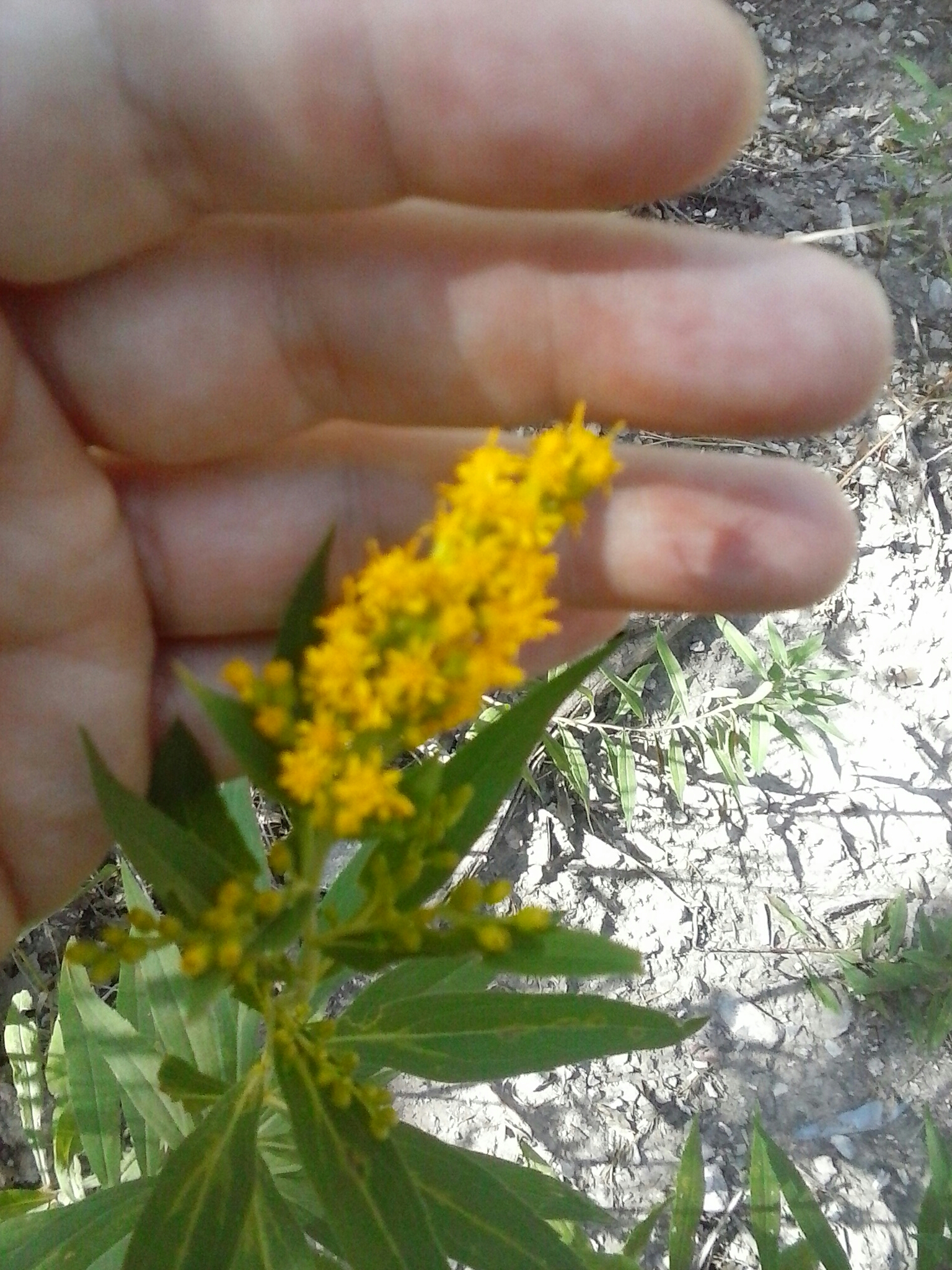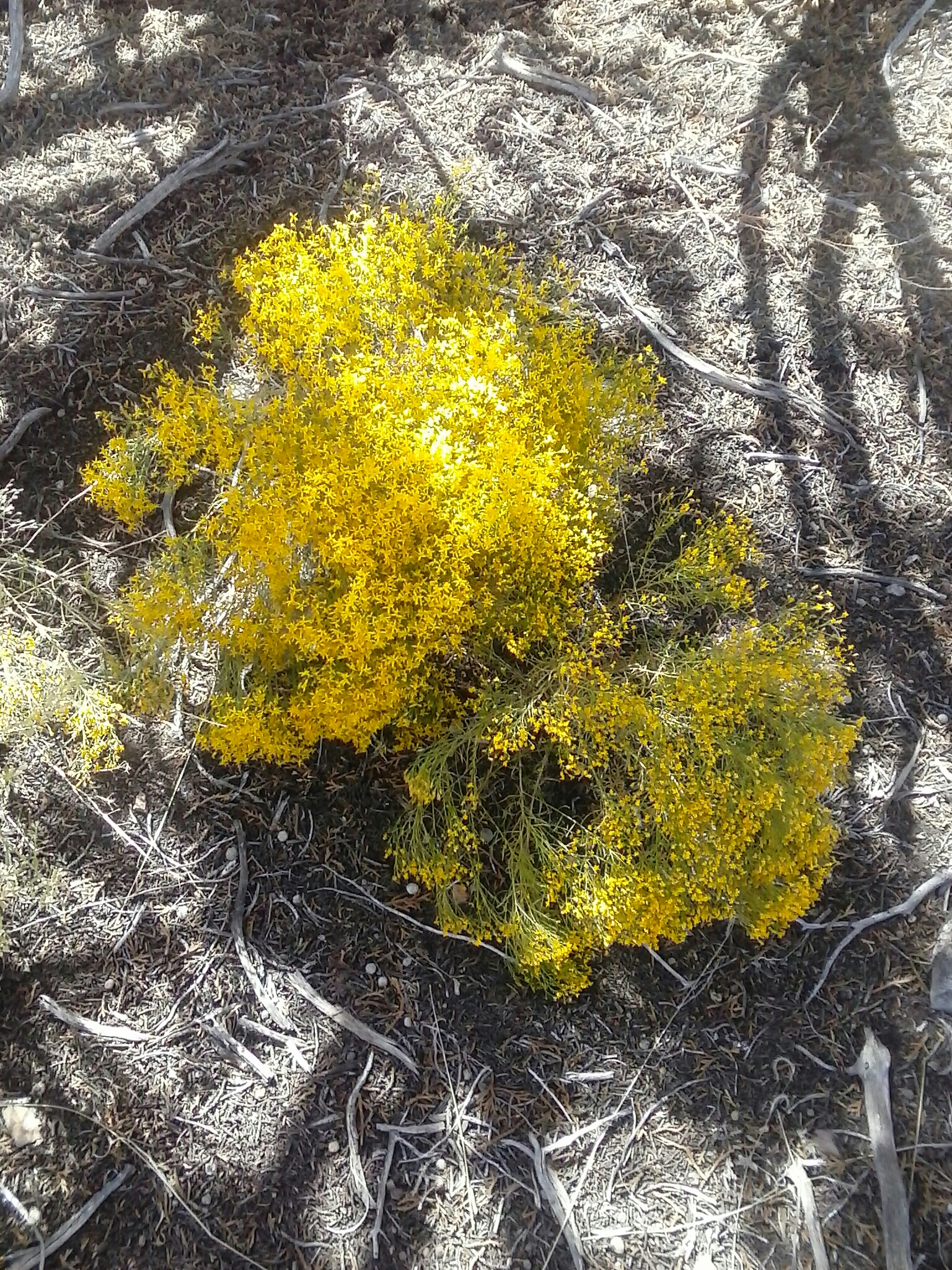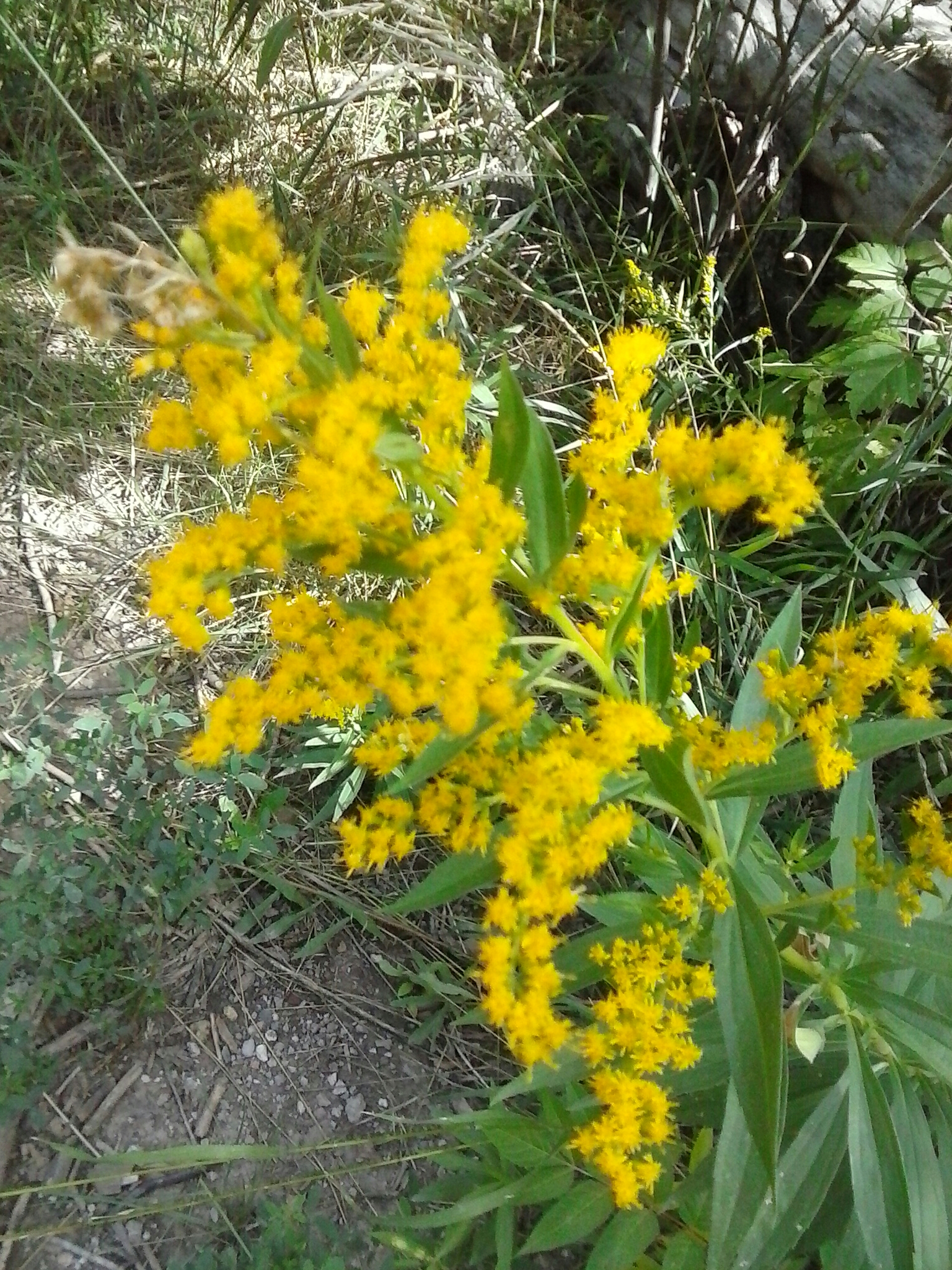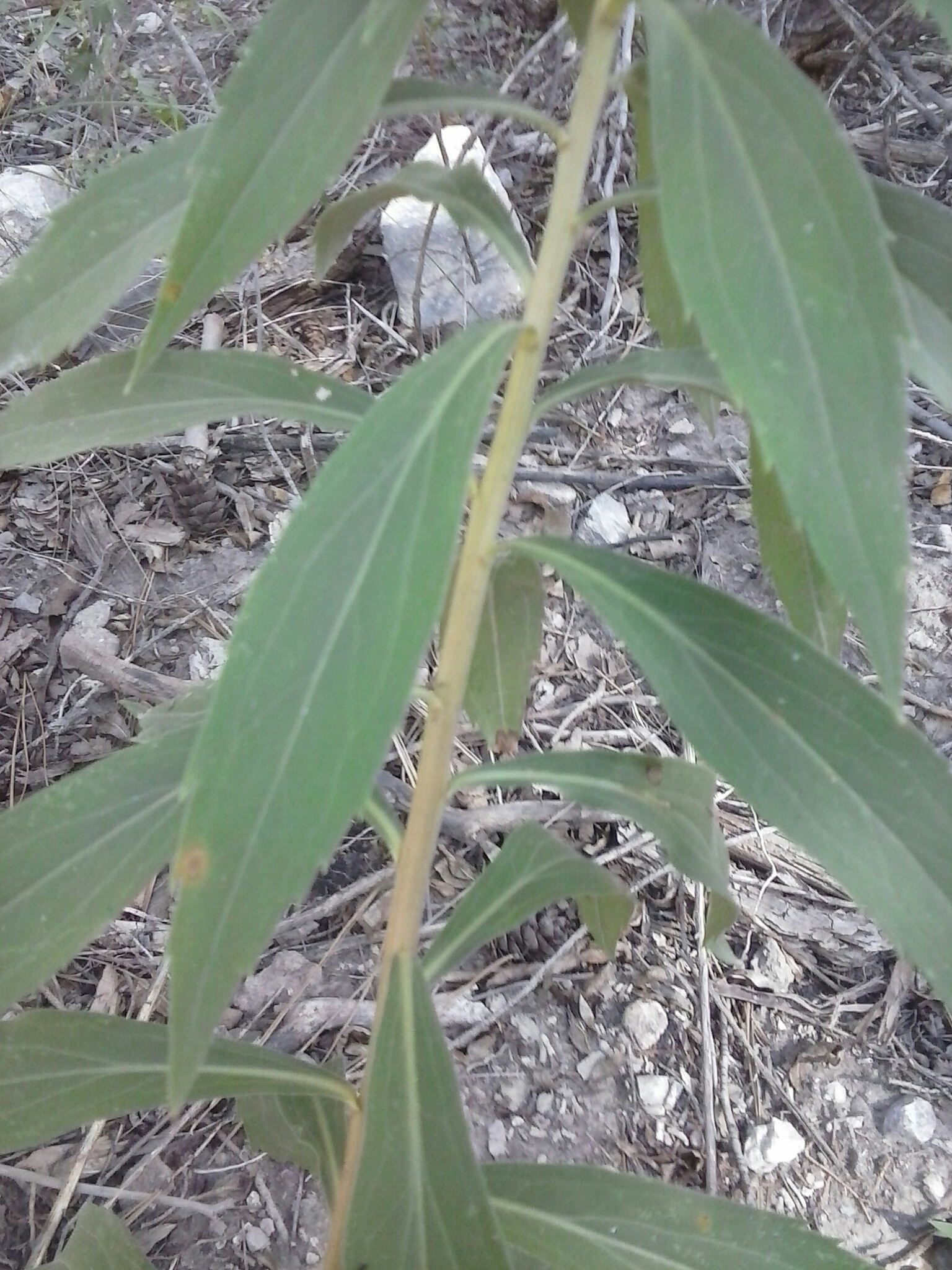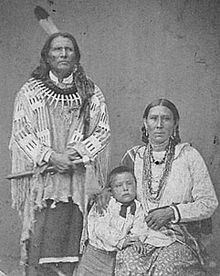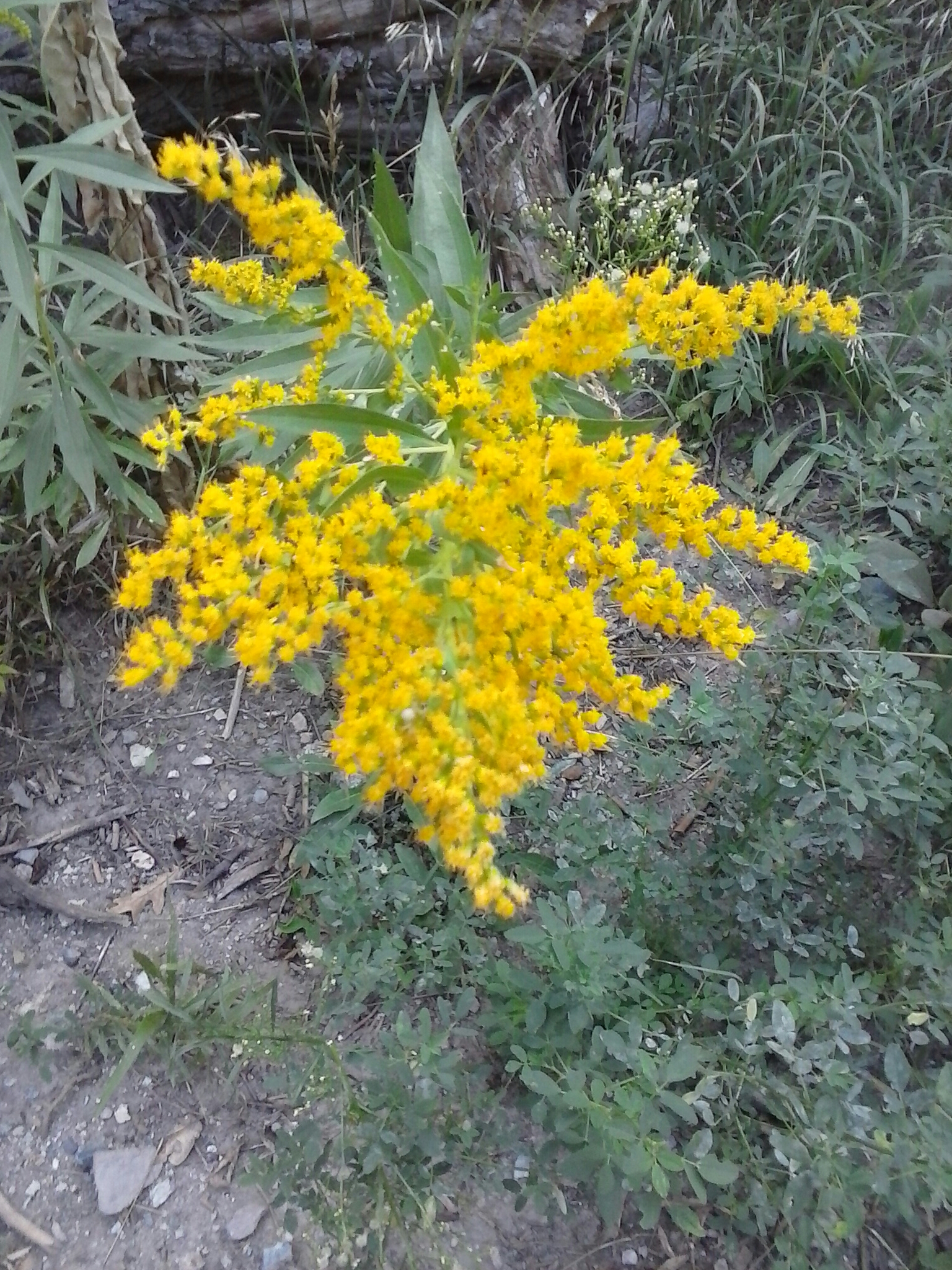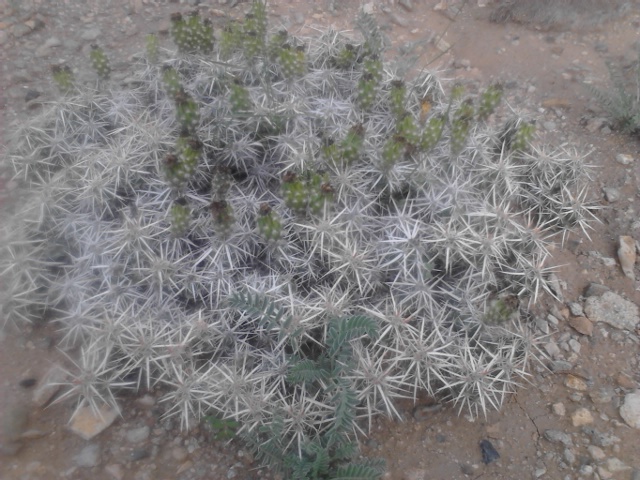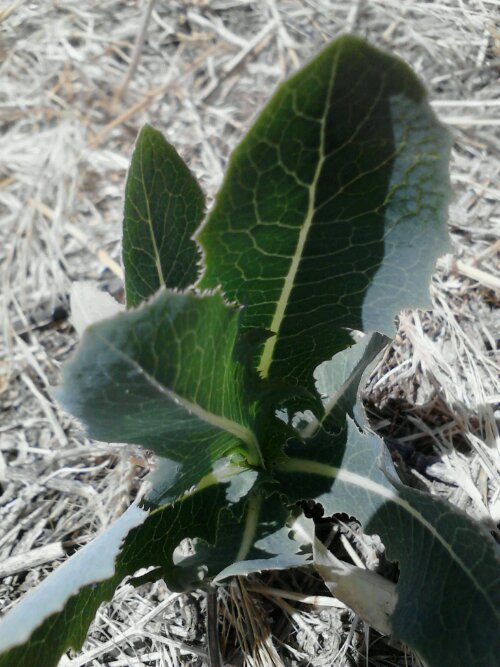Astragalus membranaceous
Huang qi Plant Family: Fabaceae (Pea family) Commonly called: Astragalus

So yes, I have had this pouch of herbs for a while. I had about a cup of Astragalus powder left in it, for quite some time, but it is a root powder and was in good enough shape to use. Waste not want not. This will be a spontaneous post. So, going with that inspiration. Impromptu like most of life. We live our lives midst the errands, the care, the work, the occasional pleasant surprise and the sad times.
This is why I like sharing simple preparations with you and in a fun kind of way this is similar to my incense making blog in December of 2019. Except, this herbal dough is entirely edible instead of a tiny piece being merely edible lol!
Astragalus membranaceous has a long history of use. It is related to many other plants such as the infamous loco weed here in New Mexico. Loco weed is poisonous and also to livestock and can cause bizarre behaviors in the poor creatures before poisoning them to death. In other words don’t use the wild Astragalus growing in your area. And, keep your livestock from eating it.
Here is a photo of the locally occurring astragalus or loco weed. As I said this is called Loco for a reason! It is pretty as I love all the local plants. It would seem a good pollinator plant. And, an early bloomer in the high desert. A welcome sight that way.
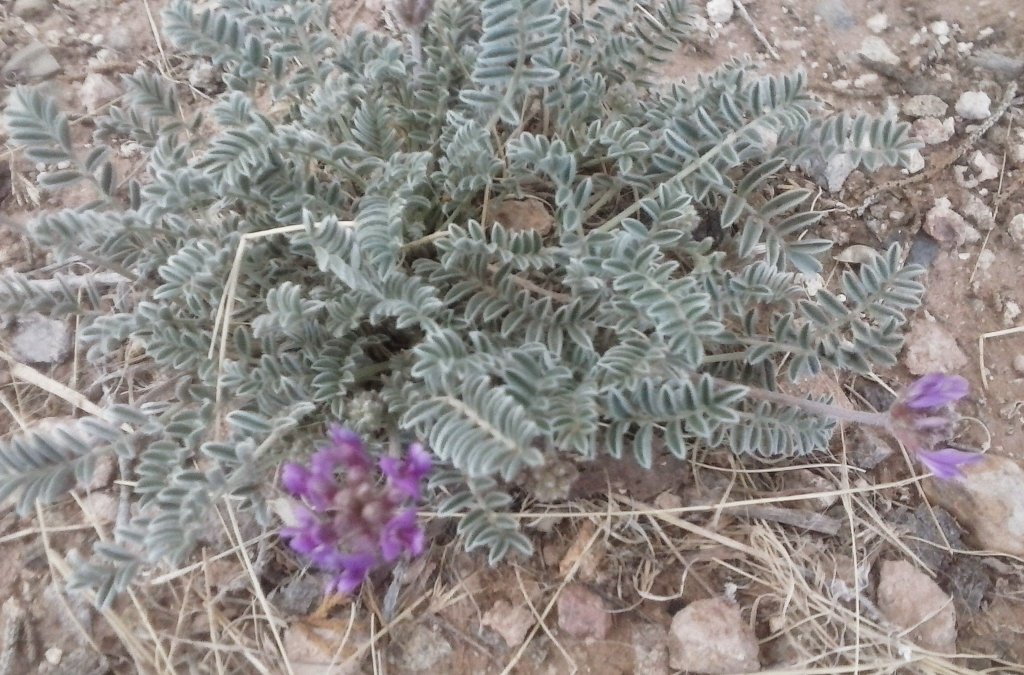
Astragalus membranaceous grows wild in Northwest China, Mongolia and other areas of the world in that proximity.
Astragalus is largely cultivated and, it takes at least 5 years for the matured root to be ready for harvest. Guido Masé, Vermont, USA herbalist, describes the 10 year roots to be excellent if you can wait that long! Astragalus, the medicinal herb also is known by the Chinese name Huang qi. This is Pinyin spelling. Where the Latin, Romanized letters are used to spell the Chinese word, such as using English lettering here instead of Chinese characters.
黄芪 Huang qi
Masé describes “…Huang qi… stands out as a premier tonic. It is said to enliven the earth energy of human beings, while also helping to fortify the protective shield, which, like a sword, repels invaders (pathogens) attempting to assail our bodies.”. p. 235 The Wild Medicine Solution., 2013. by Guido Masé (Great book!)
Astragalus root is traditionally used to tonify, build and nourish. In this way it fortifies us, gives us food and well being. It helps shield our organs and immune system and, has a special affinity for the lungs. It can also shield our periphery in making us less likely to perspire. Therefore, it is not recommended in acute phases of illness such as a flu or cold.
(consider its use as a shield spiritually for protection)
But, before any thought of flu or cold it is a good preparatory herb. As we always want to build and tonify ourselves to build our fortress: body, heart and mind to make it stronger. We need our bodies defenses to perspire with colds and flus as this helps us extinguish pathogens. So Astragalus is not usually recommended when we need to perspire through fevers.
It is more intricate than I can explain …. But in laywoman’s terms…. Astragalus membranaceous is used to build, tonify, fortify during peaceful times not war… So to speak… In our bodies. And, may Astragalus lead the way…
So, what comes to mind…. The every day tasks of making food, soups and teas.
Add the dried strips of Astragalus to your soup pot or put coarse shaved pieces in a muslin bag during soup cooking and remove when done.
I am sure many recipes abound as the energetics of Astragalus are sweet. Sweet in the bland, nourishing, polysaccharide way of this herb. This also means astragalus can be versatile to prepare. Especially the powder.
I have used Astragalus membranaceous powder in these herbal ball treats I am going to describe for you. In the 5 or so years since I first made the herbal balls they have become widely popular. Many variations exist. So, chances are you have made a version of these. This is a great way to use Astragalus in a recipe! And, a recipe that you can turn to time and again.

Rosemary Gladstar first wrote about making these decades ago. She has always been so accessible, real and revolutionary in her kindness, knowledge and sharing of herbal remedies, plant activism and awareness. Masé also has a good Astragalus recipe in his book similar to the one I share here.
Here is a YouTube video on Rosemary Gladstar having fun describing how to make these herbal treats she originally named Zoom Balls
One of my all time favorite books is Herbal Recipes for Vibrant Health. by Rosemary Gladstar, 2008. (Fabulous Book!)
Here are my Herbal Powerballs!

The following recipe uses herbal powders. I buy most of mine and am lucky to do so.
I also use a small ceramic suribachi with ridged surfaces and a wooden pestle to grind coarse dried herbs.

I also added this powder to my recipe
Use a half cup to a full cup of Herbal powders and spices or just go solo with one kind of herbal powder.
Add a half cup or so of a liquid form of sweetener if desired: honey, molasses, maple syrup, birch syrup, etc. or agave. (I would refrigerate maple syrup treats right away because of higher water content. But, they would be delicious!) The liquid sweetener also adds to the bulk of the recipe softening the herbal dough rather than a sweetener concentrate such as stevia liquid. (Which would only require a few drops)
Add a Cup or so of nut or seed butter then mix everything into an herbal dough. I added the soaked partially crystallized pieces of ginger, diced to my herbal dough.

I also used some of this ginger honey in the recipe.
*Did you know fresh ginger (not dried) is one of the most potent anti-virals available. This goes for fresh gingered honey as well. Fresh slices of ginger simmered in water for tea are a great go-to for colds and flus.
Ginger Honey recipe I tried from Katja Swift and Ryn Midura’s awesome, generous herbal (not just for beginners:) Herbal Medicine for Beginners. 2019

Herbal Powerballs!
1 Cup Astragalus Powder
1/2-1 Cup Nut or Seed Butter or Coconut Manna.
1/2 Cup Honey or your choice liquid sweetener. Add in chopped nuts, dried fruit or honeyed ginger like I did.

Mix it all together until it forms a nice ball. Adjust if too dry or moist by adding more liquid sweetener or herbal powder. *Using raw honey adds probiotics, minerals and vitamins. (Sweetener is optional)

Roll it in extra herbal powder or unsweetened cocoa powder, dried coconut, more Astragalus powder… Customize it to make your own unique treat or use herbs from your country, region or culture.
*The herbal balls soak up the powder. You can re-roll if desired but mine usually are easy to handle and not too sticky. You can place in individual papers such as candy wrappers or mini muffin wrappers. I have folded cut pieces of parchment around each one too. Or you can just put all of your Powerballs in one container. *You can also just pinch of a piece as needed. Store it in a container in the fridge and people can enjoy a pinch as desired.


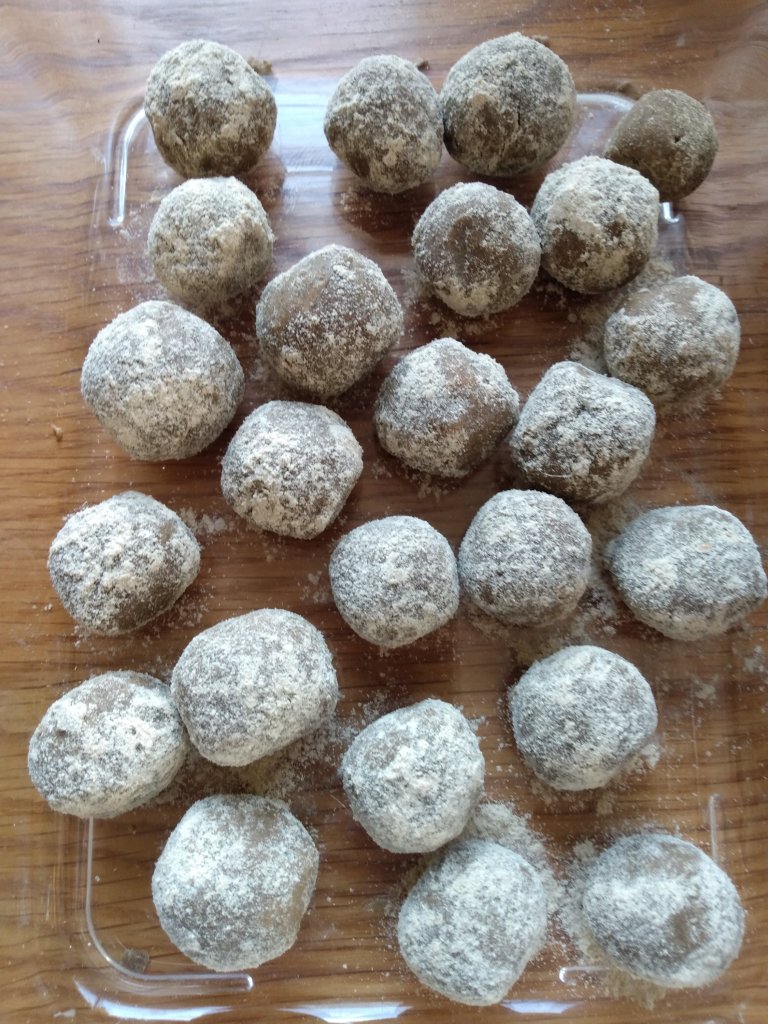
You can enjoy as is or spread a Powerball on toast or on a quick bread like I did here. Almond flour bread using flaxmeal and water substitute for eggs.

Eat and enjoy up to 3 or more Powerballs a day!

Powerballs are a great way to use up your extra herbal powders. They are the plant part ground (in this case the roots.) So, you get all the benefits there. Of course, you can encapsulate if need be. And, that can be very useful or necessary at times. But, popping pills of any kind will not necessarily make you healthy. Unless they are necessary and lifesaving of course! This post is more about building health rather than installing emergency scaffolding.
But, we need food to survive. It is both a necessity and a pleasure of life. The natural world sustains us and gives us the building blocks not only to survive but, to thrive.


That is why I like engaging my tastebuds. Not with the cactus spines above! Haha! And, did a picture of spiney cactus wake up your senses? I hadn’t planned it that way but, in someways it fits so well!
In a similar way, when we taste our food our body is getting information through taste and wakes up our digestive process, our life force. This in turn, wakes up and directs our bodily functions. Digestive enzymes such as salivary amylase starts in the mouth. We don’t necessarily have to swallow pills and miss this first step of experiencing taste. Especially with nourishing, food and spice herbs. In this case Astragalus can build by being incorporated into our food. Because, it already has food qualities, best used in smaller amounts… (the Powerballs being described here, soup broths, etc.) By nourishing, building and sustaining ourselves we build stamina. Like a well built house.
The pea family is a vast family of plants and trees that has helped people stave off hunger and fortify wellness for many ages like the edible Astragalus mentioned here. Build your body strong, for breath, life, body and mind. Heart. Strong lungs fortify.
Astragalus is a master builder.

This post is dedicated to Rosemary Gladstar. Upholding love as an element that pervades all being and uplifts as it strengthens us all. Thankyou Rosemary Gladstar! 💛


Thankyou for joining me here. People from all over the world have visited my blog and it is an honor.
Blessings to you!
